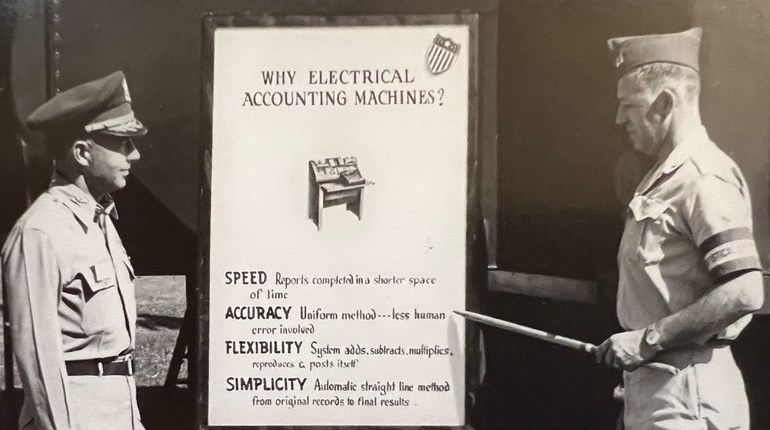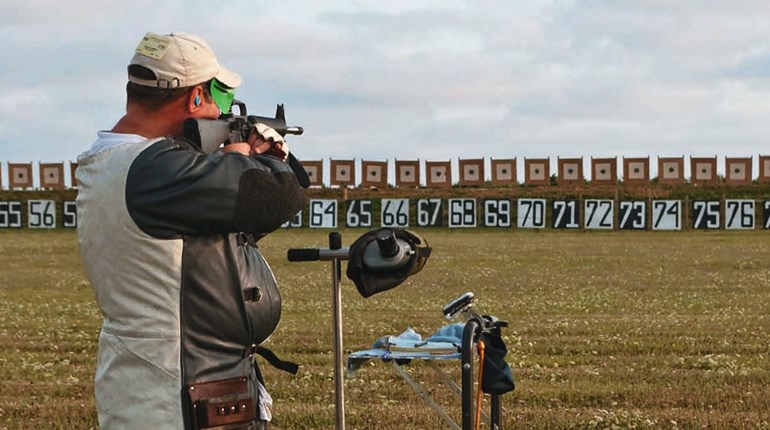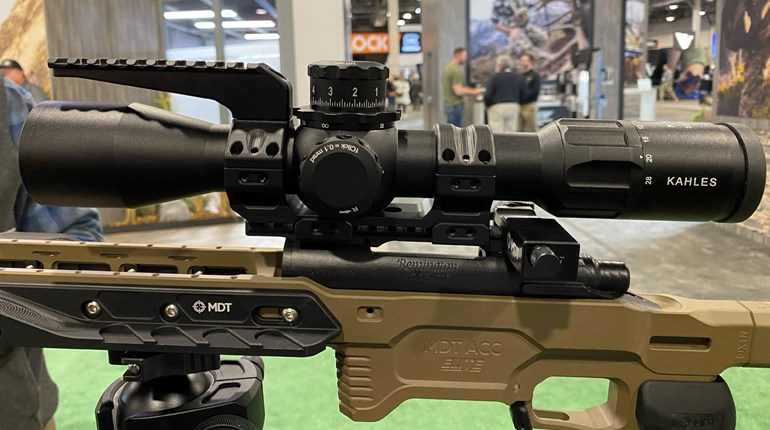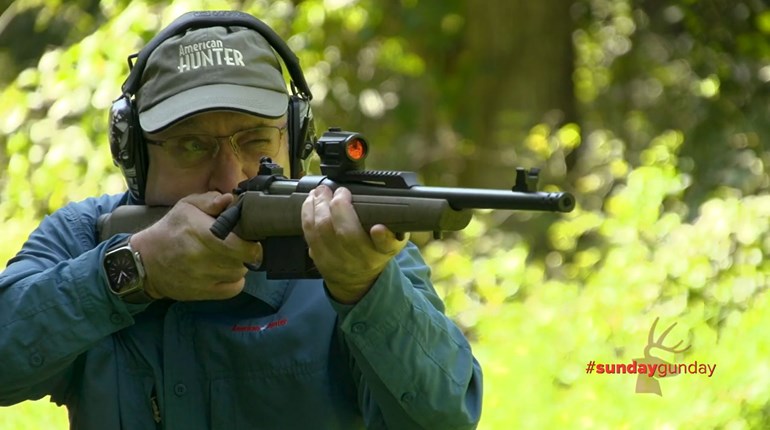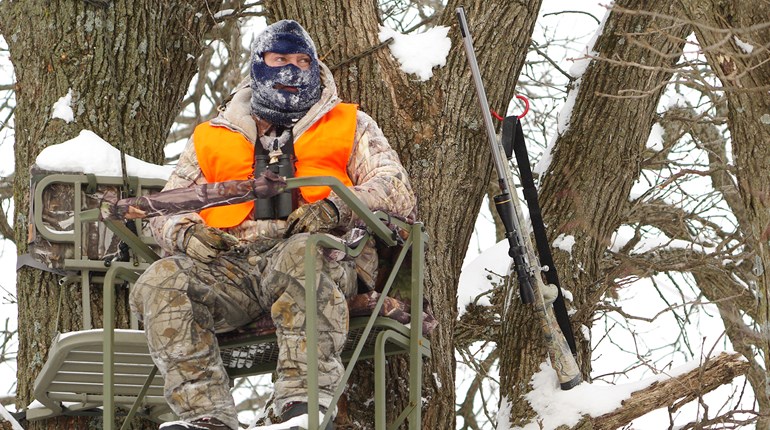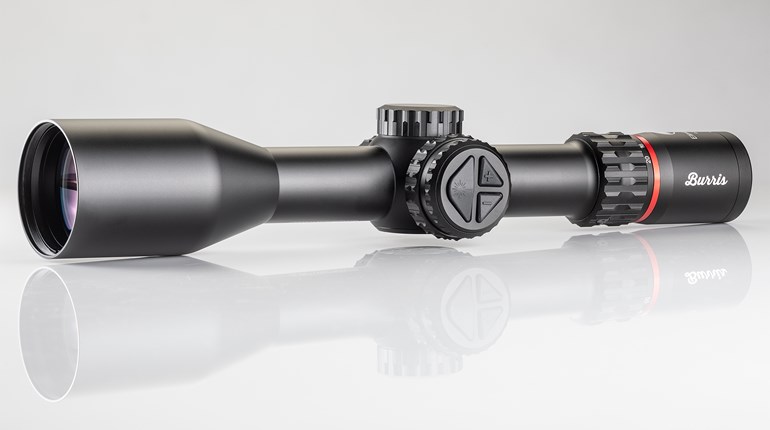
The stallion stood on the right edge of the herd, moving only when the herd did, bringing up the rear and protecting his harem in as inhospitable a setting I've ever seen. I was prone, on a gigantic slab of granite, with my hunting bag rolled up under the forend of my rifle. “When he turns broadside, take him. He’s at 265 yards, all the way to the right,” Jamy Traut instructed.
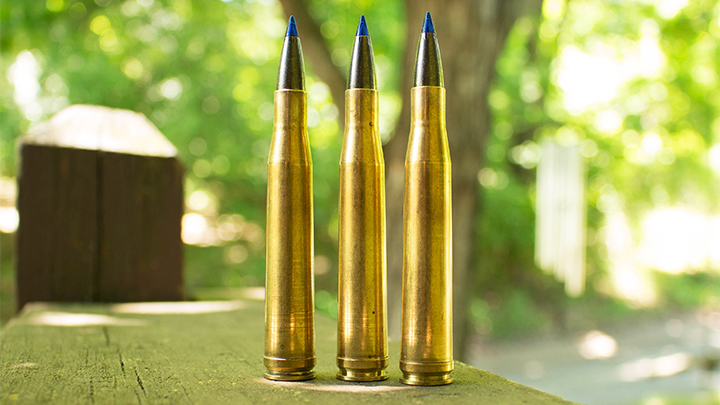
I steadied the crosshair and gently squeezed the trigger, sending the rifle into recoil as a 180-grain Federal Trophy Bonded Tip bullet began its journey through the Namibian atmosphere, coming to rest only once the Hartmann’s Mountain zebra had fallen. To have hunted the Namib escarpment, and to have taken such a majestic animal was fantastic, to have used the classic .300 Holland & Holland Magnum to do so was simply a bonus.

Equally important among my hunting memories, is my first kudu bull, taken in a 115-degree South African blast furnace, after Nick Prinsloo and I burned to a crisp on the tracks. That loping gallop, which makes those wonderful curling horns rock back-and-forth as if they were floating on the ocean, was the bull’s downfall, as I timed his pace and used a .300 Winchester Magnum to put him “in the salt.” In fact, I have taken a .300 Winchester Magnum with me on a great number of hunts, both here at home in New York and on distant adventures as well.
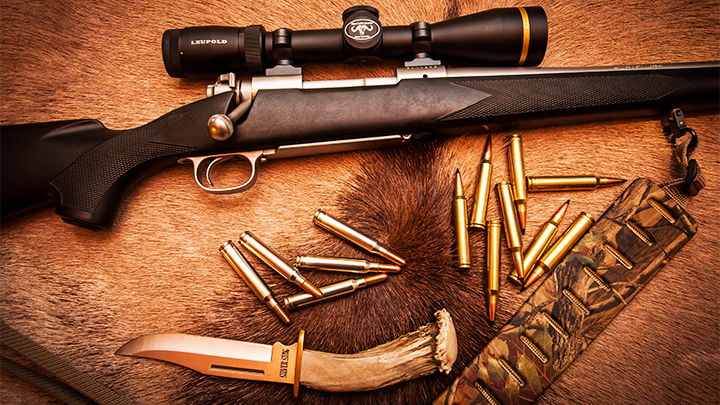
‘Improving’ on the performance of the .30-06 Springfield is no easy task, considering the propellants of the era, but the 1925 release of the .300 H&H Magnum, or the Super .30, made a splash. Ben Comfort would use the cartridge to win the Wimbledon Cup in 1935—the first Cup to be taken with a magnum cartridge—and in spite of Roy Weatherby’s .300 Weatherby Magnum in 1944, rifles marked “.300 Magnum” were .300 H&Hs, until roughly 1950. Holland’s cartridge was a direct descendant of 1912’s .375 Holland & Holland Belted Magnum, replete with the belt, 2.85-inch case length, and 3.60-inch overall length.
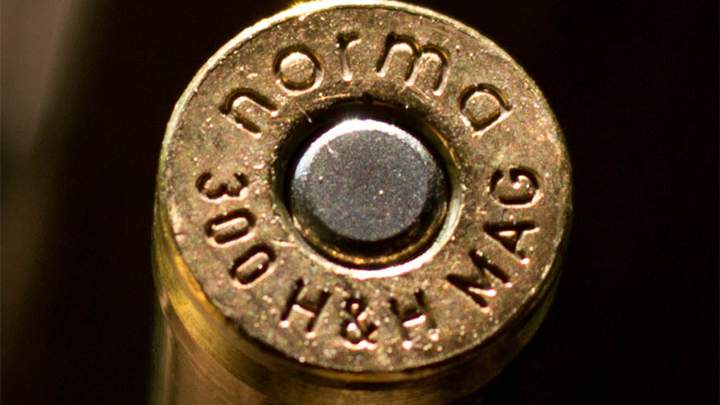
The cartridge headspaces off the belt, so a gently sloping 8-degree 30-minute shoulder was employed and allows for wonderfully easy feeding. The .300 H&H Magnum betters the velocity of the .30-06 by at least 150 fps, and often much more when handloaded; in fact, you can approach the 3000 fps mark with a 180-grain bullet. The case does require a magnum-length action, though the cartridge was among the earliest offerings in the Winchester Model 70 and Remington Model 721 rifles. It is a fantastic hunting cartridge, giving all the energy one really needs from a .30-caliber cartridge, and can be exceptionally accurate.
Winchester’s series of ‘short’ magnum cartridges released in the 1950s proved that they could get the job done in a standard long-action receiver, and though Norma threw its hat in the ring in 1960 with the .308 Norma Magnum, Winchester countered in 1963 with the .300 Winchester Magnum. Designed to replicate the performance of the Super .30, but in a long-action rifle, the .300 Winchester has a shortened neck (measuring a mere 0.264 inches), minimum body taper and a 25-degree shoulder. The .300 Winchester has a case length of 2.62 inches—compared to the earlier Winchester Magnum’s 2.500-inch length—and an overall length of 3.340 inches. Like the .300 H&H, the .300 Winchester is designed to headspace off the belt, but the clever reloader can adjust the cartridge to headspace off the shoulder.
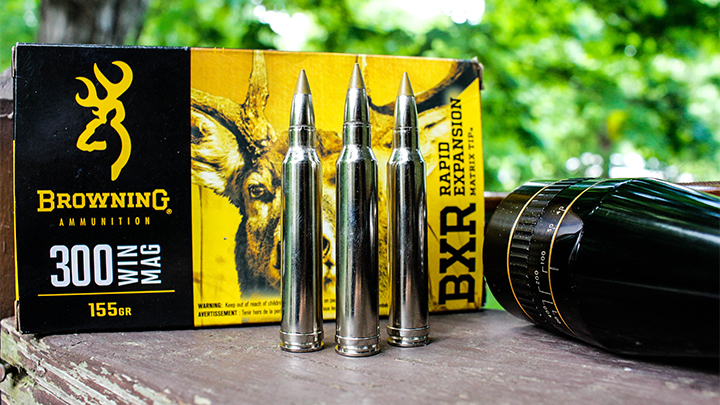
The cartridge is wonderfully accurate, and because of its popularity is as readily available as any ammunition is these days; the .300 Winchester Magnum remains one of the most popular hunting cartridges to this day. It will drive a 180-grain bullet to a muzzle velocity of 2960 fps, and will handle the lighter bullets as well as it does the heavyweights. It has seen military duty, as a sniper cartridge, it has been a celebrated target cartridge, and makes an excellent all-around choice for the North American hunter.
Which is the better design, and which makes more sense for the hunter? Well, the level of performance between the two is so close as to not even matter, and the recoil level is nearly identical as well. The magnum receiver required for the .300 H&H adds both a bit of weight and a longer pull, though that has never posed an issue for me. The H&H cartridge has strong roots in the hunting world, and is an undeniable classic in both Africa and North America. It was a favorite of John Nosler—he was carrying one when he encountered the Canadian bull moose which inspired the Nosler Partition bullet—and 96 years after its introduction it remains as solid as it was when released. Modern bullets make it even more effective.
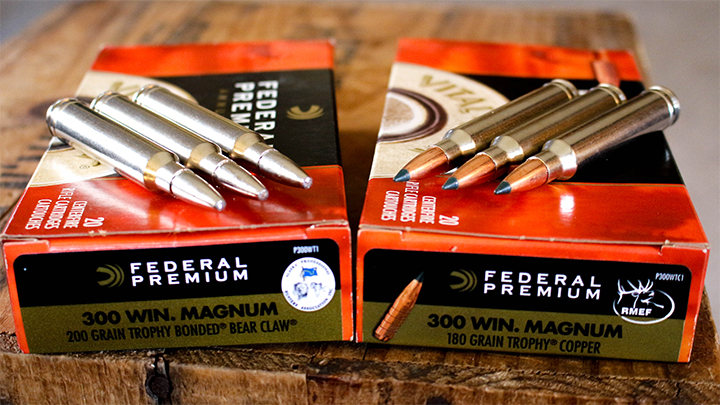
But, in spite of the panache and pedigree of the .300 H&H Magnum—Robert Ruark put it in the hands of his fictional PH Brian Dermott to follow up a wounded leopard—the .300 Winchester Magnum has pushed it out of the limelight. The .300 Winchester is a fantastic cartridge and the sheer amount of available rifles, ammunition, and components (read cases) for the .300 Winchester Magnum dwarfs those available for the .300 H&H. I've owned multiple rifles for both cartridges, and would grab either for any hunting situation which would be properly handled by a .30-caliber cartridge.
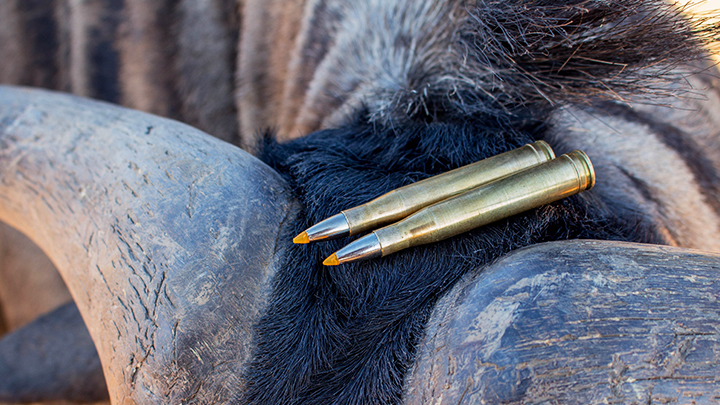
If you’re a hunter looking for one of these, the .300 Winchester Magnum makes the most logistical sense, as it has become so common that it is available nearly anywhere, like the .30-06 Springfield. That said, if you find a rifle chambered for Holland’s Super .30, and you can find an ample supply of ammunition or handload for it, do not hesitate to take it afield; I recently acquired a Winchester Model 70 XTR Sporter in .300 H&H Magnum and love the way it shoots. It will pair up perfectly with my Winchester Model 70 Classic Stainless in .300 Winchester Magnum; though trying to decide between the two is like trying to decide which of your kids you love most.
Looking for previous installments of our "Head to Head" series? We've got you covered.
• .308 Winchester vs. .338 Federal
• .222 Remington vs. .223 Remington
• .270 WSM vs. 7mm Rem. Mag.
• .22-250 Remington vs. .204 Ruger
• .25-06 Remington vs. 6.5 Creedmoor
• .444 Marlin vs. .45-70 Government
• 7x57mm Mauser vs. .280 Remington
• .300 Win. Mag. vs. .300 Wby. Mag.
• .375 Ruger vs. .375 H&H Magnum
• 7mm-08 Remington vs. .280 Remington
• .280 Remington vs. .280 Ackley Improved
• 7mm vs. .30 Caliber
• 6.5 Weatherby RPM vs. 6.5 PRC
• .338 Win. Mag. vs. .340 Wby. Mag.
• .300 RSAUM vs. .300 WSM
• .500 Jeffrey vs. .505 Gibbs
• 7mm RUM vs. .300 RUM
• .308 Winchester vs. 7mm-08 Remington
• 6.5 Creedmoor vs. .260 Remington
• .303 British vs. 8x57 Mauser
• .30-06 Springfield vs. All Other .30s
• .17 HMR vs. .17 WSM
• .450 Nitro Express vs. .470 Nitro Express
• 350 Legend vs. .35 Remington
• .280 Ackley Improved vs. 7mm Rem. Mag.
• .404 Jeffery vs. .416 Rigby
• .243 Winchester vs. 6mm Creedmoor
• .300 PRC vs. .300 Win. Mag.
• .30-06 Springfield vs. .270 Winchester
• 6.5 Creedmoor vs. 7mm-08 Remington
• 8x57 Mauser vs. .318 Westley Richards
• .358 Winchester vs. .350 Remington Magnum
• .22-250 Remington vs. .220 Swift
• .270 Winchester vs. .270 WSM
• .26 Nosler vs. 6.5-300 Weatherby Magnum
• .458 Win. Mag. vs. .458 Lott
• 7mm Rem. Mag. vs. .300 Win. Mag.
• .243 Winchester vs. 6mm Remington
• 7x57mm Mauser vs. 7mm-08 Remington
• .25-06 Remington vs. .257 Weatherby Magnum
• .338 Winchester vs. .375 H&H Magnum
• .30-30 Winchester vs. .35 Remington
• .257 Roberts vs. .250-3000 Savage
• .270 Winchester vs. .280 Remington
• .35 Whelen vs. 9.3x62mm Mauser
• .416 Rigby vs. .416 Remington Magnum
• .308 Winchester vs. .30-06 Springfield
• .22 Nosler vs. .224 Valkyrie
• .300 Win. Mag. vs. .300 WSM
• .223 Remington vs. .22-250 Remington













